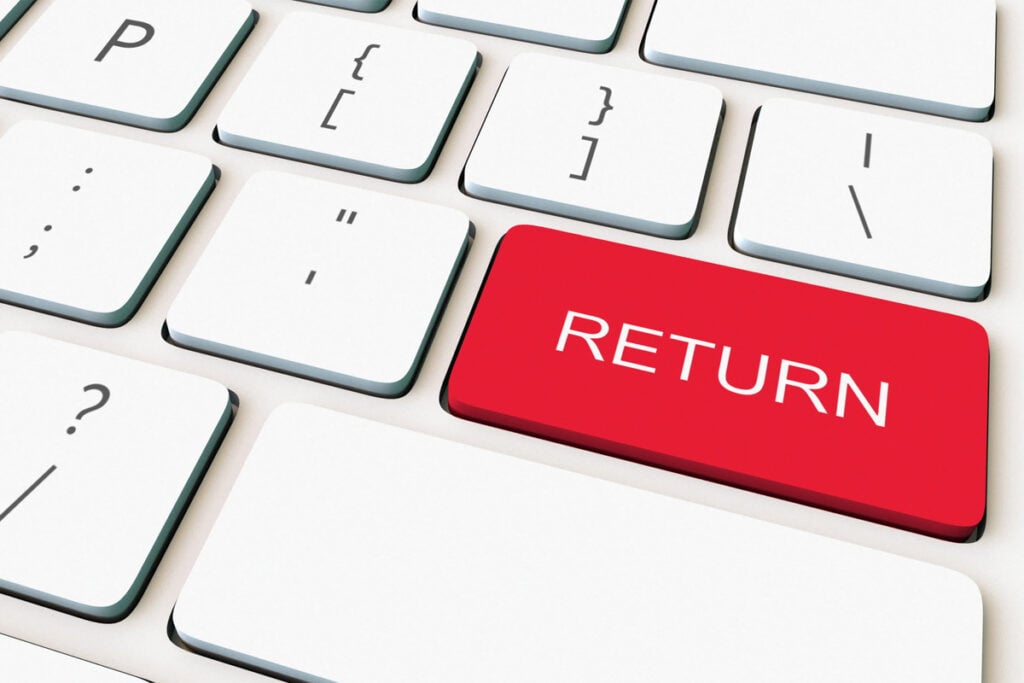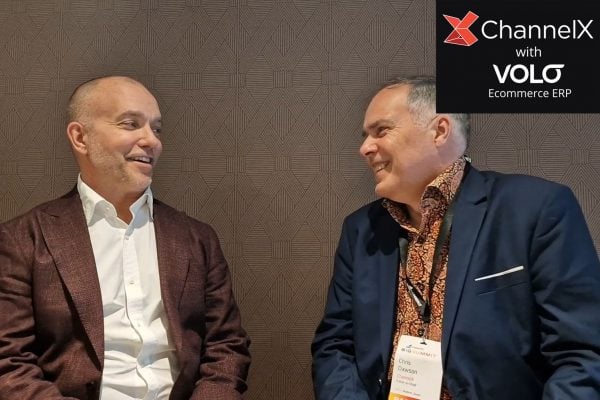Returns are inevitable in retail – but what can a retailer do with them all? Ben Whitaker is Director of EMEA at B-Stock takes a look at how B2B marketplace may have the answer.
Returned and excess inventory comes with the turf in retail. Even with strategies in place to offset returns prior to purchase, retailers will never be able to completely eliminate items coming back: in the United Kingdom alone, retailers collectively see around £60 billion worth of stock coming back every year.
What is more, due to the high cost associated with processing back-on-shelf, most of the merchandise will not go back on primary shelves. Accordingly, an efficient, proactive solution needs to be put in place to minimise loss for this problem stock – also known as B-stock. It begins with understanding how best to sell into the secondary retail market
If you are relying on a small pool of buyers or a liquidator to buy problem stock, you are most likely leaving money on the table. Removing the dependence on a small number of buyers and instead leveraging a B2B marketplace can dramatically increase recovery – as well as sales cycle. The most effective marketplace platforms allow thousands of buyers to compete for your returned and excess inventory, pushing prices up versus a handful of buyers negotiating them down.
Access to the right buyers is an essential first step in maximising recovery and devising a strong strategy. The segmentation of prospective buyers by factors such as product category, condition code and ability to participate (taking into account elements such as financial ability and geographic location), is integral to properly driving demand. Regardless of whether you process b-stock in house or use the services of a solution provider, increases of up to 400% can be achieved by devising effective and robust demand generation campaigns.
This type of platform, when used properly, can boost pricing by 30-80% and sometimes much more. Additionally, it will help deliver a faster sales cycle, quickly turning your returned and excess inventory into cash, whilst automating the process and generating proprietary market intelligence in the form of real data on market prices.
Maximised bidder activity among the right pool of prospective buyers will see sale prices pushed up significantly, so consistent attention should be paid to attracting new buyers through targeted demand generation programs. Data reveals that auctions engaged by more than fifteen bidders achieve a triple digit increase in recovery rates compared to those with fewer than five bidders: this underpins the importance of expanding bidder pools.
Repeat buyers are integral to establishing a foundation upon which to grow a thriving marketplace, and can be responsible for up to a triple digit increase in recovery. This can see a lot of operational elements come into play, such as establishing customer loyalty programs that reward repeat custom, or marketing campaigns which target bidders based on their buying histories and past bids.
The proof is in the results
The proof is in the results. For example, a small, family-owned electronics wholesaler was looking for an easy-to-use, cost effective B2B solution to help increase recovery on refurbished electronics. The company leveraged a reputable multi-seller B2B online auction liquidation marketplace and was able to quickly turn its stock into cash by having thousands of buyers compete for it. As well as this, an increase in exposure and competition allowed for a triple digit rise in recovery (658%) as well as a repeat buyer rate of 74.7% – a huge accomplishment for the business.
The method of assembly on auction lots directly influences recovery numbers. The optimal approach will vary and depend very much on the situation and its many variables, so will require some trialling and testing. It may be necessary to tweak such details as segmenting by product type, original MSRP per item, time of year and overall lot size. Of course, it can take some trial and error to identify which configurations work best, but once lots have been optimized, it can produce a double-digit impact on recovery rates.
The modern retail sector is hugely competitive and every pound recovered or saved through reducing expenses adds up and impacts the bottom line. With high return rates that show no sign of slowing down, leveraging a B2B liquidation marketplace to establish a properly effective program could be the ideal solution to one of the most common and critical e-commerce dilemmas faced by small retailers across the country today.
About the author
Ben Whitaker is Director of EMEA at B-Stock, the world’s largest B2B marketplace for returned, excess, and other liquidation inventory. Hundreds of retailers are using B-Stock’s marketplace platform to sell directly to business buyers across the globe. For more information please visit https://bstock.com







